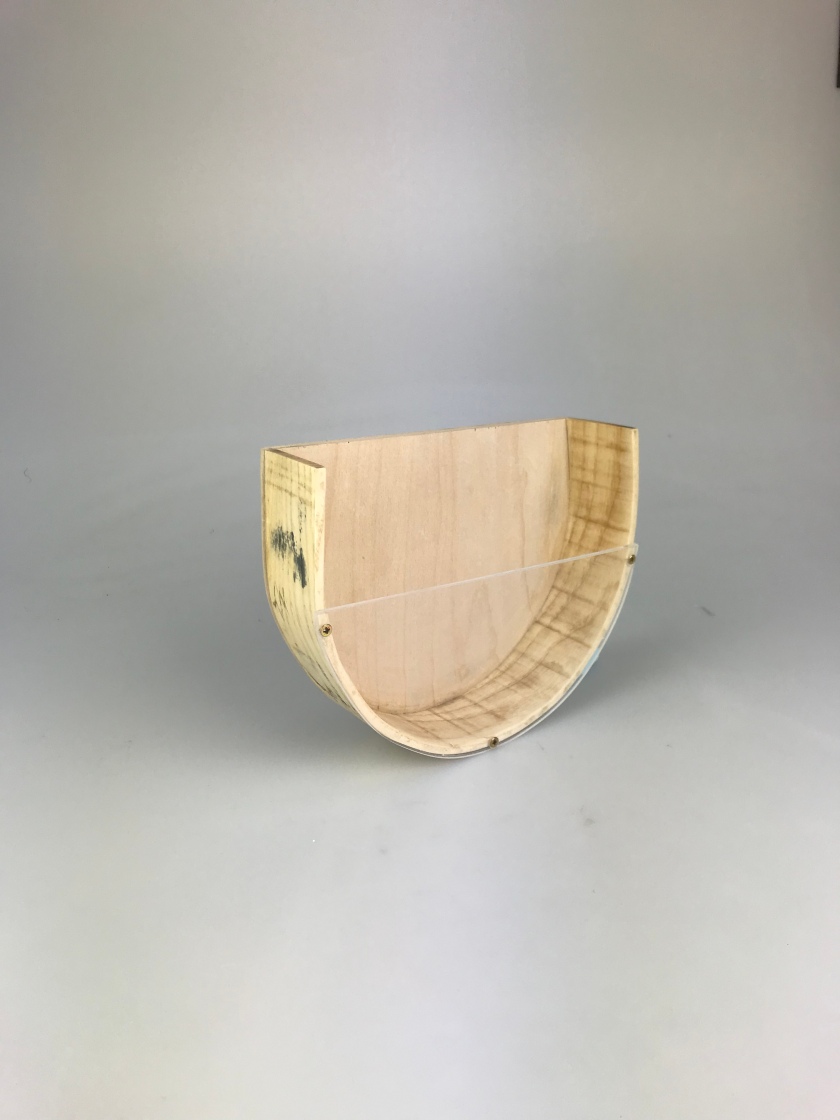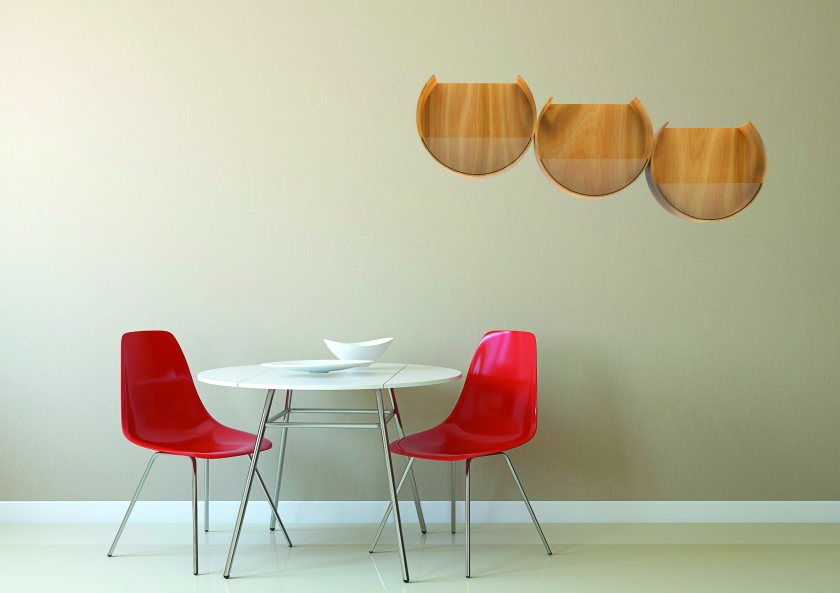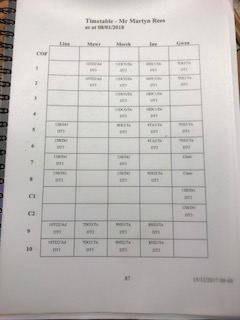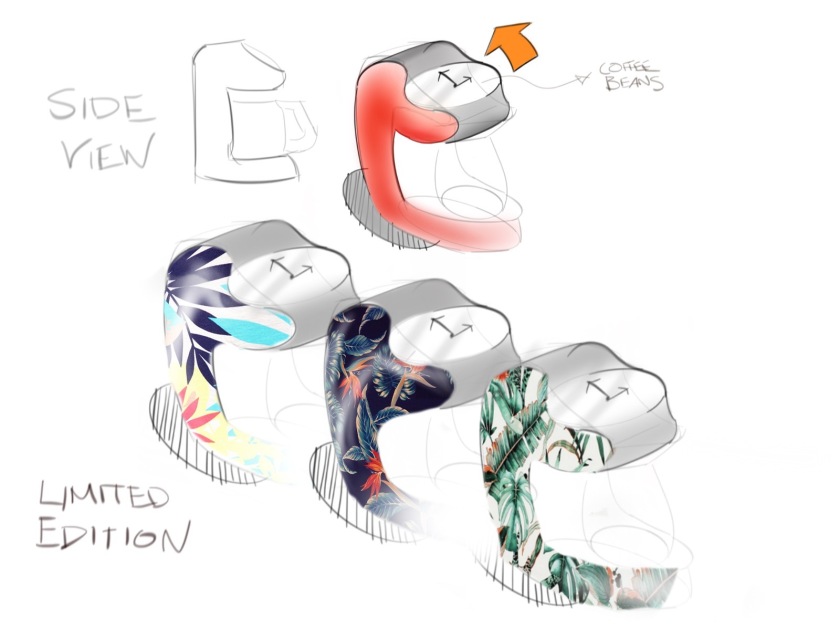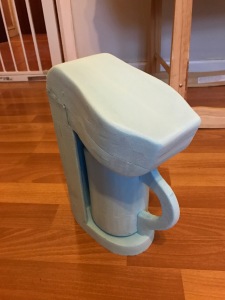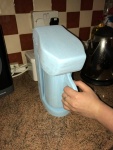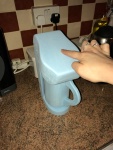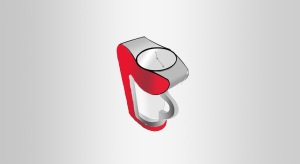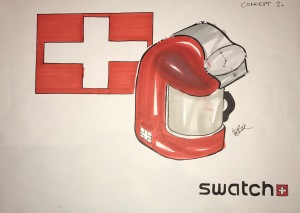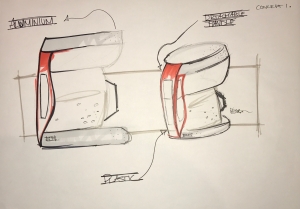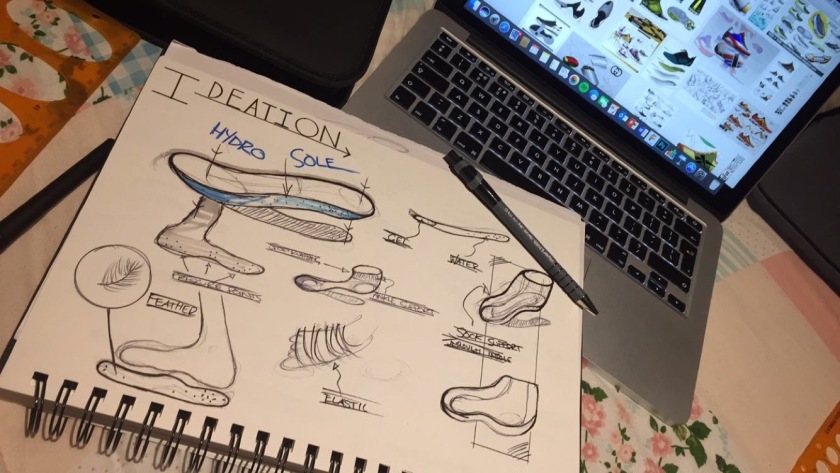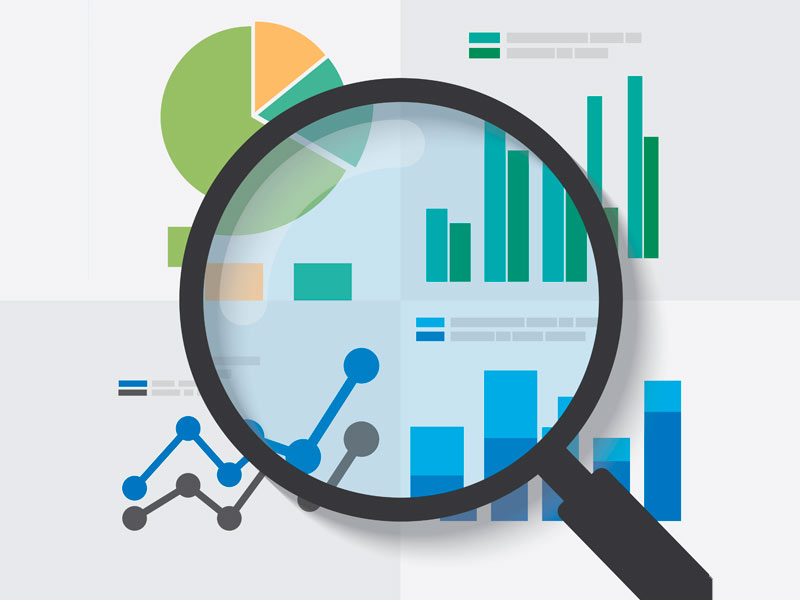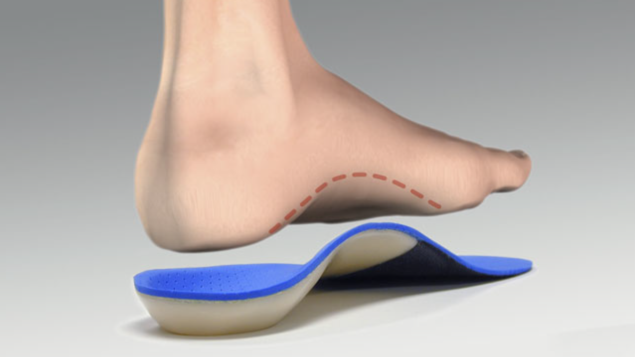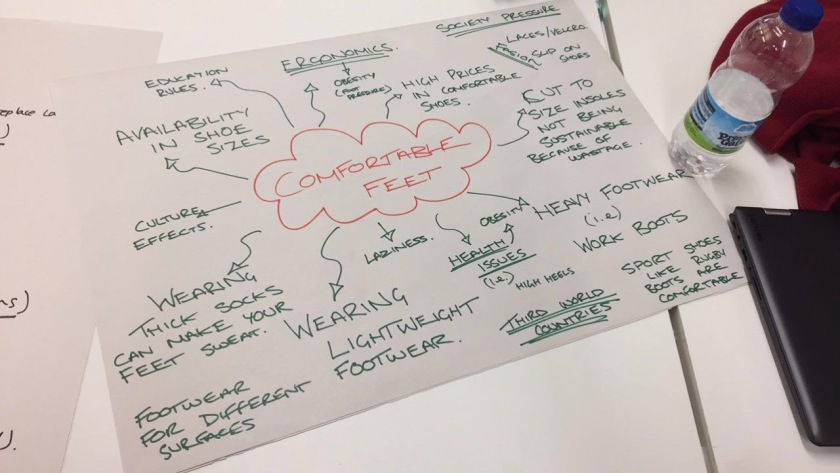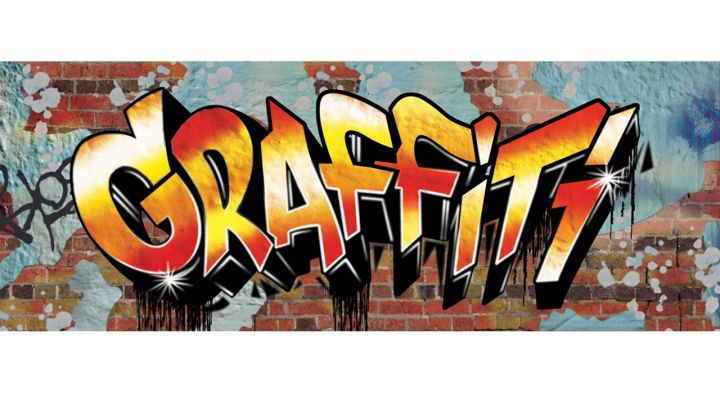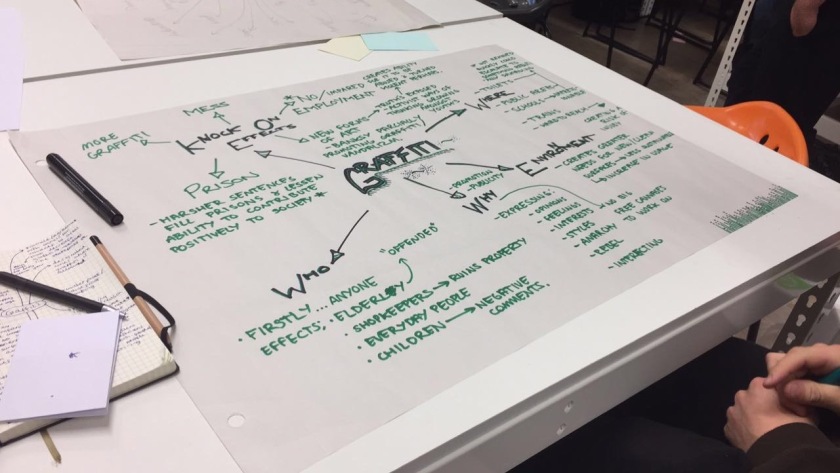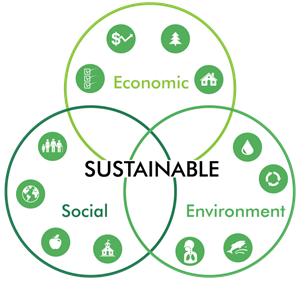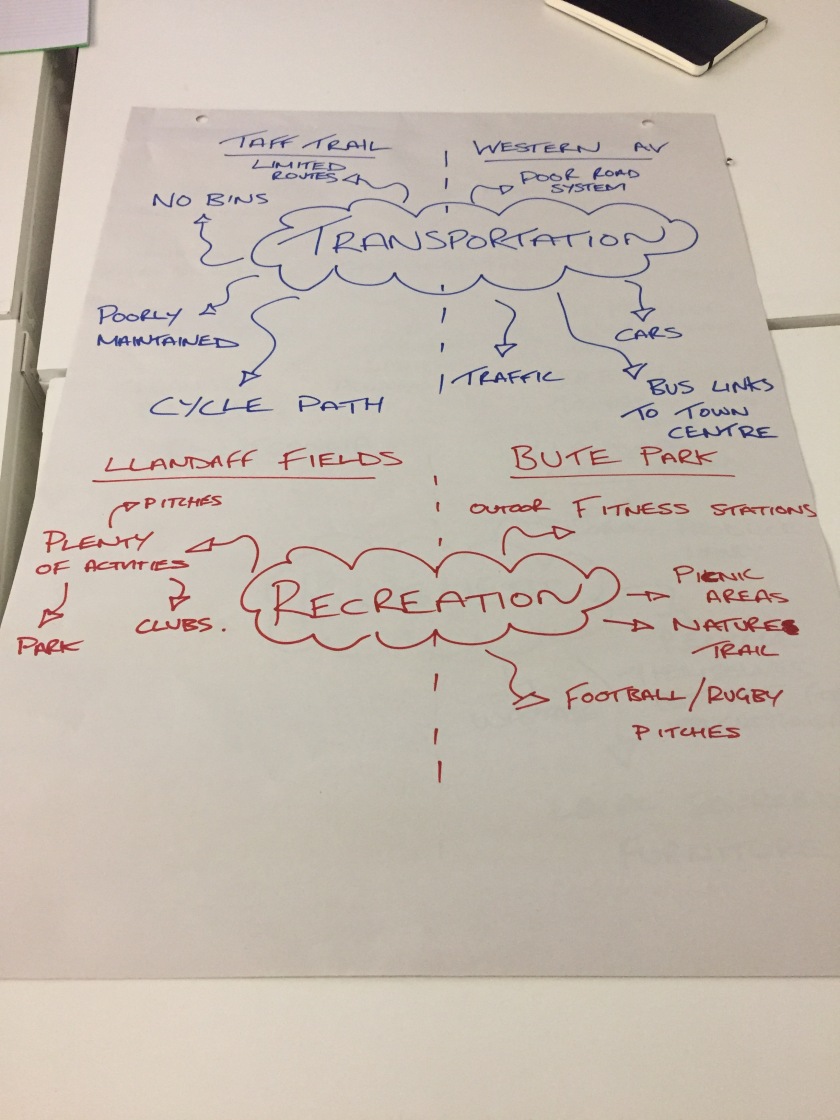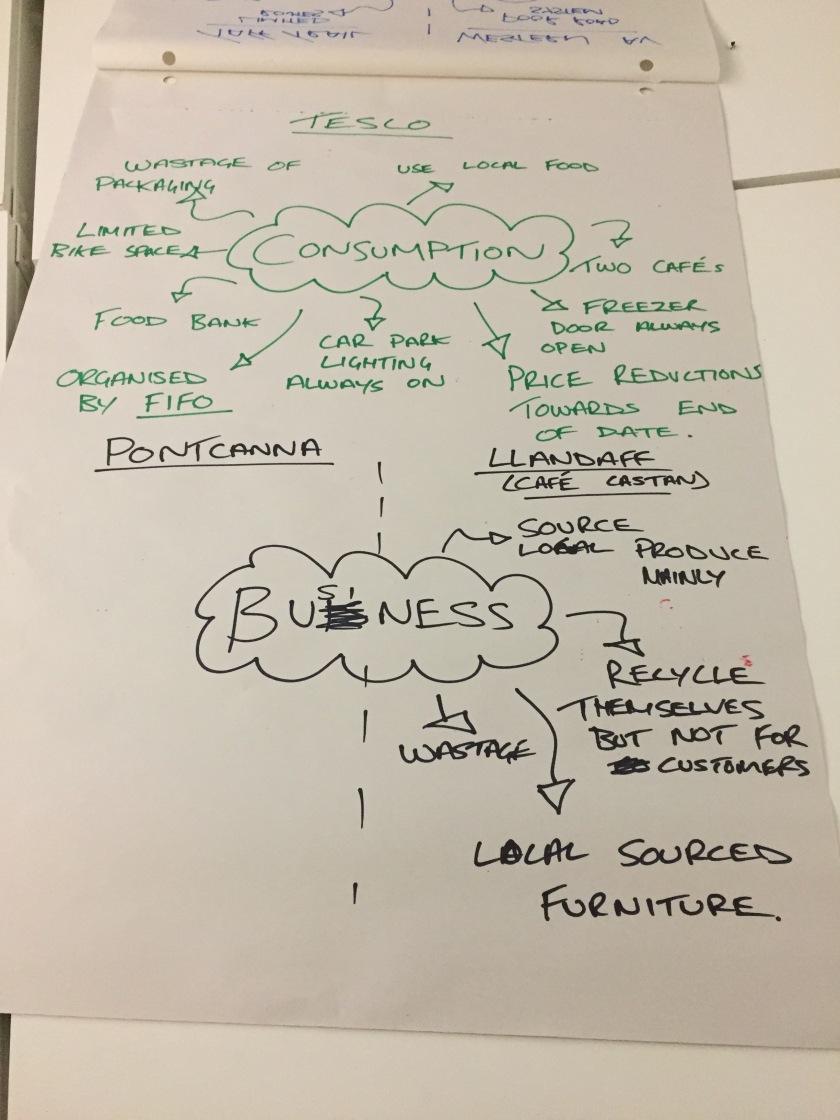Primary Research
For my primary research I firstly went on to make a survey open to the public on social media
This slideshow requires JavaScript.
I then wondered around Cardiff City Centre to observe how people walk on a day to day basis. What I found was quite extraordinary. I found that 4/10 people walk by planting their outside of their foot on the ground before the surface out of the foot. From this observation I could calculate new pressure points of the foot whist people walk.
Secondary Research
For my secondary research, I looked into a number of different factors that may affect having comfortable feet whilst walking. The first thing I looked into was products on the market and analysed their characteristics.
Dunlop Gel Insole
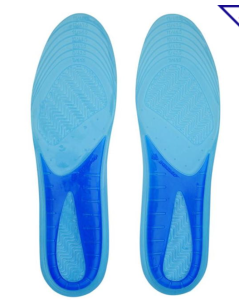
Keep your feet comfortable in the Dunlop Perforated Gel Insoles; featuring breathable perforated sections across the forefoot and heel combined with a soft gel design to help cushion the foot.
> Cushioned insoles
> Perforated strips
> Gel cushioning
> Dunlop logo
> Cut to size
> Feet freshness antibacterial technology
One of downfalls of this product is that its cut to size, therefore there’ll be a lot of wastage, therefore, this insole isn’t sustainable.
Dunlop Pro Gel Insole
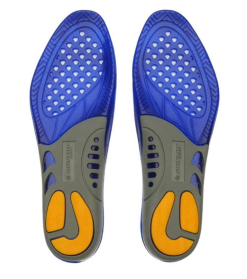
The Dunlop Gel Insole benefit from ODRFRESH for a longer lasting freshness and lightweight and slim design, whilst the Gel arch and gel impact zone offers greater comfort and support.
> Mens Insole
> ODRFRESH
> Lightweight and slim design
> Gel impact zone
> Gel arch support
2 downfalls of this product is that the sizes are already cut but there may be wastage in stock. Also it has an arch support but every customer has a different arch support and it is not relevant to every customer.
Orthotics
During my research on orthotics, I looked into the good and points of orthotics and what I found was extremely interesting.
“Readers often tell me that they think they “might need orthotics,” but they rarely know more than that. The idea is based on an uncertain hunch that something about the way they walk and run can be fixed with a wedge of just the right shape under their feet — which is all orthoses amount to, even the fanciest ones.
Custom foot orthoses or orthopedic footwear or modifications can be really helpful … but mostly for specific, technical, and medical reasons.1 Meanwhile, there are many unscrupulous and shoddy suppliers of these products who will prescribe them for almost any problem — or none! — and the science is complex and incomplete. It is nearly impossible for consumers to know if they actually need any of these products, or where to get an expert prescription and a quality product.”
“A lot has to fall into place before orthotics can possibly work. Even if you do have a biomechanical glitch at the heart of your RSI:
You must have a diagnosable biomechanical problem, probably something really glaringly obvious, because anything more subtle and you’ll probably get different diagnoses from different professionals.
The diagnosed problem must be relevant to your injury. This usually has to be a shot in the dark, because most RSIs are not clearly associated with any known biomechanical problem.
The problem must then be correctable at least in principle. Quite a few problems simply cannot be fixed by orthotics. It depends on the problem.
Assuming all of the above work out, you will still need to get the correct prescription, properly made.
If you can’t tick off one of those, the game is up: orthotics aren’t going to work out. It all adds up to a very long shot.
And yet orthotics could still be worth trying — particularly if you do have a fairly obvious biomechanical problem. Good orthotics are a reasonably good way of trying to “tinker” with any gait or postural dysfunction that may have contributed to your pain in the first place. For instance, unusually high arches are a plausible factor in runner’s knee.”
From discovering these points, It’s obvious that orthotics is a very complex thing and its more than just rocket science. I know many people who are prescribed with orthotics and from this research, It tells me that the people who are being prescribed, may actually don’t need to be prescribed with orthotics. Is it possible to create an accessory like a swiss army knife and solve all the problems in one? This way, what ever the problem the customer may have, this accessory will never fail.
How do you know if your shoes aren’t ergonomic?
Shoes that are not ergonomic for you, especially if your work requires you to stand for long hours:
- High heels
- Pointed shoes
- Lack of arch support
- Wrong sized shoe – too loose or tight.
- Feet unable to breathe and as a result become overly sweaty which can cause fungal infections.
By reflecting on this piece of research, I can see more areas to target in my ideation process. High heals, wrong sized shoes and lack of arch support are great examples to uncomfortable feet.
